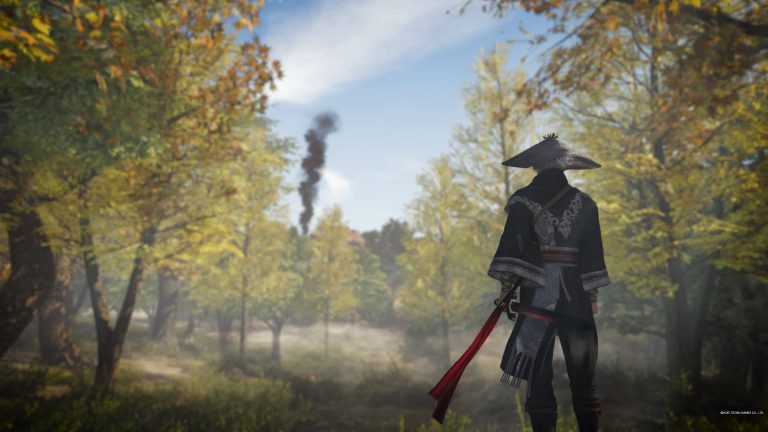“I can still picture the day my friends and I stumbled upon this game at our local video game or computer store,” reflects Patrick Honnoraty, the current producer of Need for Speed. “It was on the 3DO, and we thought, ‘What is this?’ It felt incredible, especially being able to drive around and get chased by the cops. There wasn’t anything quite like it back then.”
That was back in 1994, with the release of The Need for Speed (or Road & Track Presents: The Need for Speed, if you’re sticking to box art specifics). Since then, the racing genre has undergone a remarkable transformation that no one could have foreseen, especially not someone like me, who wasn’t even born until a few years later.
Fast forward to next month, and the Need for Speed franchise is hitting a significant milestone: 30 years of thrilling races and evolving experiences. Over the decades, its journey has seen a few ups and downs. Current and former Need for Speed developers reflected on this at a recent 30th anniversary roundtable I attended on behalf of VG247.
“The trajectory has been quite uneven in some areas,” Honnoraty admits, “but what’s been vital is staying true to its original essence—accessibility.”
He believes that Need for Speed has made a conscious effort to adhere to this formula over the years. “It’s still user-friendly, unlike many car racing games today that are not, allowing players to dive right in.” Keeping the game relevant to the ever-evolving car culture is another key focus, with Honnoraty noting, “It’s the job of vehicle artists like Bryn Alban and Frankie Yip to observe what’s trending and inject that into the game.”
During its ups and downs, Need for Speed has had some rough patches, often when customization options were not prioritized. Honnoraty feels that whenever they strayed away from allowing players to personalize their cars, the games didn’t fare well.
As Need for Speed has evolved—from its early days to its underground street-racing scenes in the 2000s—and tried its hand at various styles like those seen in Prostreet, The Run, and the Shift series, its identity has grown multifaceted. This has left a lasting impression on a diverse player base. But where does the series stand as we approach November 2024?
Honnoraty identifies one of the franchise’s biggest challenges: its age and varied history. “It’s been so many things to so many people that players often debate over which game is the best and why.”
Recalling an incident from EA Play during Need for Speed Payback, Honnoraty shares, “Players would compare the game to Most Wanted or Underground, even though they are completely different. It’s the emotional connection players have from their time spent with the series.”
Reconciling what Need for Speed means to its diverse audience is a continual task for the team. As Honnoraty humorously remarks, “John [Stanley, Criterion’s senior creative director] and I are always trying to figure it out. We think we’ve almost cracked it.”
Bryn Alban, the vehicle art director, acknowledges the difficulty of meeting everyone’s expectations. “Everybody has a unique idea of what makes a good Need for Speed game, and trying to satisfy everyone can be extremely challenging.”
Justin Wiebe, a seasoned NFS developer now at Battlefield studio Ripple Effect, emphasizes that crafting a game for everyone often results in pleasing no one. “We have to be committed to our vision. We focus on what fans love most and elevate those elements.”
Using Prostreet as an example, Wiebe talks about taking risks by moving the series beyond street racing to professional tracks, despite knowing it would divide the fanbase. “Tough decisions are necessary for each game’s direction,” he explains.
The latest installments, and those in development, face the challenge of defining what a Need for Speed game should be as the series races into its next few decades.
Honnoraty explains recent efforts and how the team has continually shifted focus—from channeling Hot Pursuit vibes in Rivals to revisiting Underground’s essence by reintroducing customization. “We experimented with a more action-focused game in Payback and integrated concepts from Heat into Unbound.”
“We’re always about re-inventing and finding ways to make these games exciting,” Honnoraty concludes. “While our risk-taking doesn’t always hit the mark, we’re committed to trying something different each time.”







![[FREE Game Giveaway] Win Lost Records: Bloom and Rage for PlayStation 5 (NA Region) [FREE Game Giveaway] Win Lost Records: Bloom and Rage for PlayStation 5 (NA Region)](https://www.gamerlounge.co.uk/wp-content/uploads/2025/04/FREE-Game-Giveaway-Win-Lost-Records-Bloom-and-Rage-for-360x180.jpg)







































